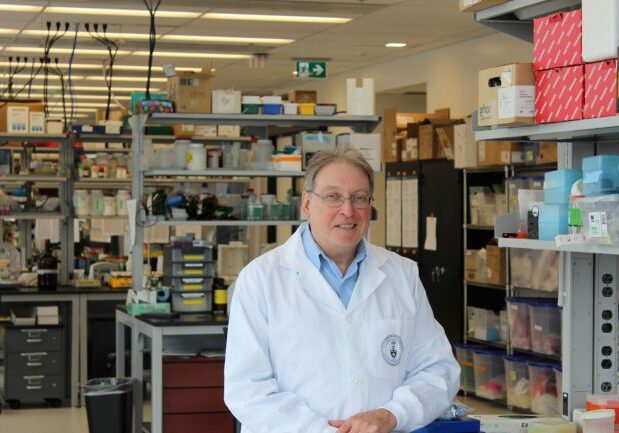
New method can improve drug delivery in implants
A biomaterial discovery yields better control over drug release profiles in implants.

TRANSFORM HF partnership advances novel technologies for heart failure care
Research collaboration aims to achieve equitable access to high-quality care in managing heart failure across Canada
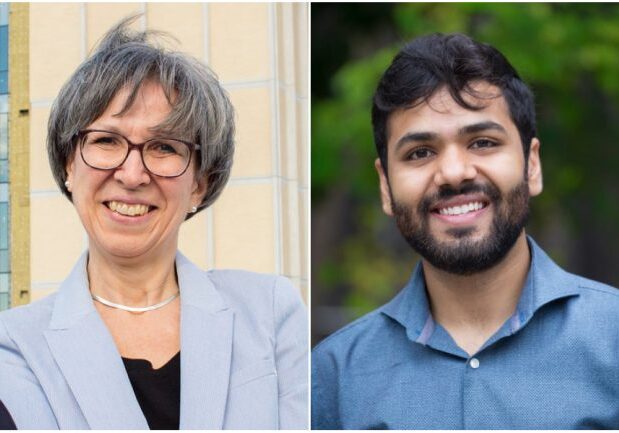
Two engineering community members honoured with U of T Awards of Excellence
Professor Brenda McCabe and graduate student Kramay Patel recognized for their commitment to enhancing the University experience
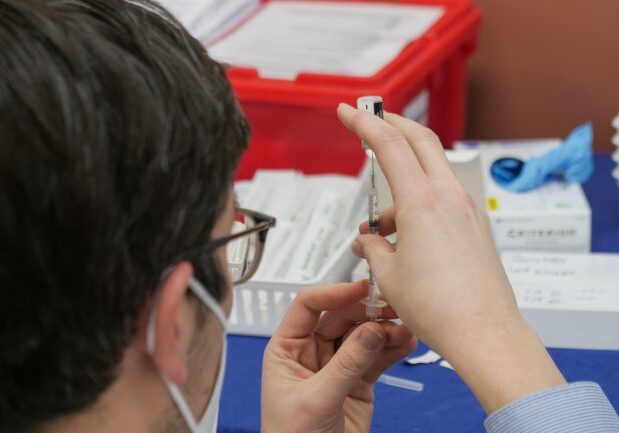
Explainer: U of T Engineering professor Omar F. Khan on COVID-19 vaccination efficacy, misconceptions and Canada’s rollout
Expert in immunoengineering provides perspectives on the latest developments
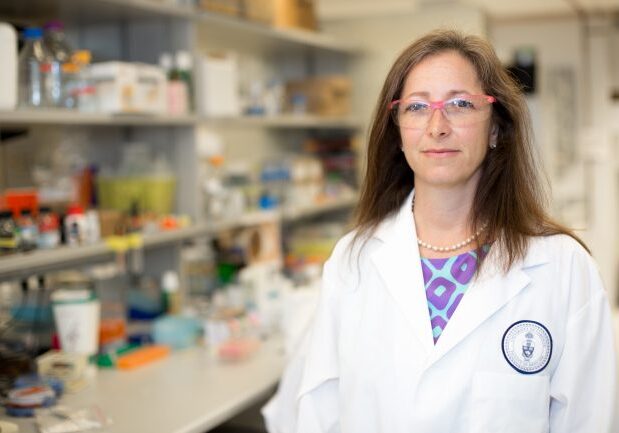
‘The next big step’: U of T researchers pursue a treatment for vision loss
An interdisciplinary team of researchers, led by U of T Engineering’s Molly Shoichet, are using retinal stem cells to restore vision
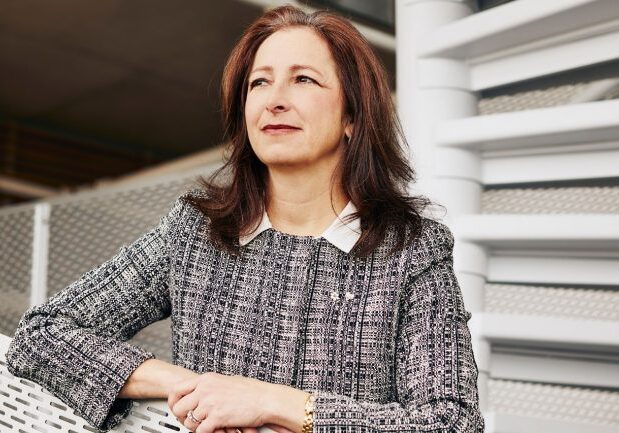
Molly Shoichet named one of the Top 100 Most Powerful Women in Canada
The annual list recognizes the country’s highest achieving female leaders in the country
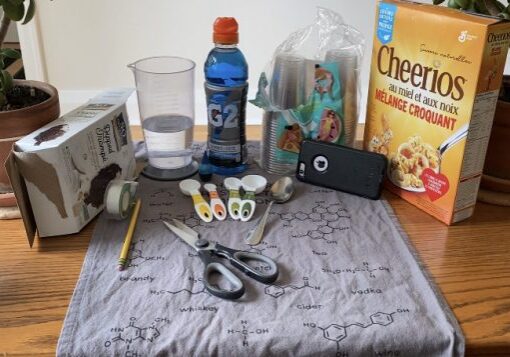
Three cool virtual labs: How U of T Engineering instructors are getting creative with remote active learning
Without access to on-campus lab equipment, software or space, instructors are finding new ways to give students hands-on experiences



